Optimal Timing for Demolition Services

Demolition is often scheduled during periods of active construction to prepare sites efficiently.

Optimal weather, typically dry and mild, reduces delays and safety risks during demolition projects.

Timing demolition to align with project timelines ensures minimal disruption and efficient progress.

Ways to make Demolition Service work in tight or awkward layouts.

Popular materials for Demolition Service and why they hold up over time.

Simple add-ons that improve Demolition Service without blowing the budget.

High-end options that actually feel worth it for Demolition Service.
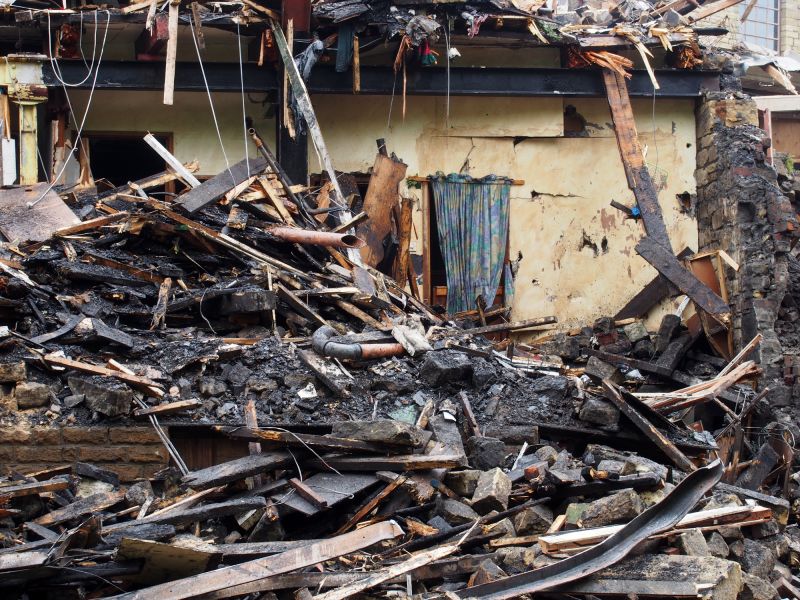
Finishes and colors that play nicely with Demolition Service.
Demolition services are essential for clearing sites for new construction, renovations, or land development. Proper timing ensures safety, efficiency, and cost-effectiveness. Typically, the best time for demolition aligns with favorable weather conditions and project schedules, often during spring or fall when extreme temperatures are less likely to cause delays.
Demolition is best scheduled in seasons with stable weather to avoid delays caused by rain, snow, or extreme heat.
Timing must consider local permit approval processes, which can impact project start dates.
Avoiding periods of high wind or storm activity can enhance safety and project efficiency.
Scheduling during times of high workforce and equipment availability can reduce costs and delays.

Preparing the site with proper planning is crucial for a smooth demolition process.
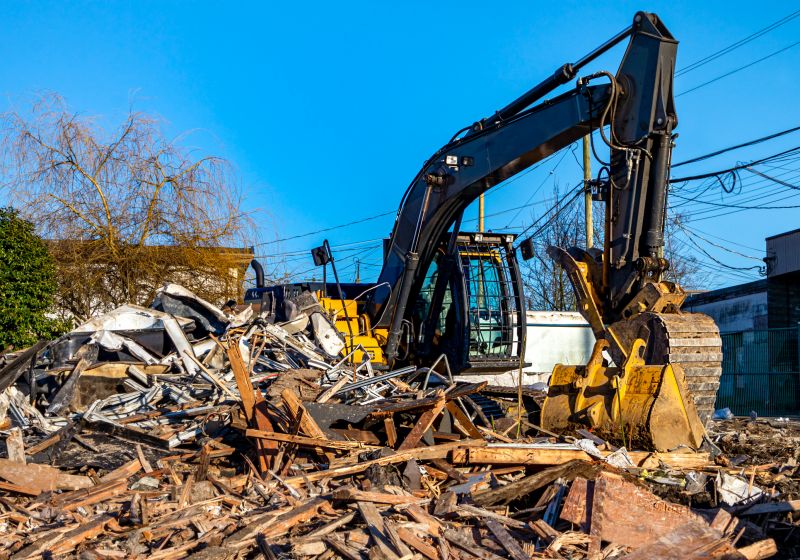
Demolition involves specialized equipment to safely and efficiently dismantle structures.

Effective debris removal is vital for site safety and readiness for subsequent construction.

Implementing safety protocols minimizes risks during demolition activities.

Little measurements that prevent headaches on Demolition Service day.

A 60-second routine that keeps Demolition Service looking new.

A frequent mistake in Demolition Service and how to dodge it.

Small tweaks to make Demolition Service safer and easier to use.
| Factor | Impact on Demolition Timing |
|---|---|
| Weather Conditions | Ideal conditions prevent delays and hazards. |
| Project Deadlines | Timing must align with construction schedules. |
| Permitting Process | Permits can influence start dates. |
| Workforce Availability | Scheduling during high availability reduces costs. |
| Environmental Factors | Storms and high winds can halt work. |
| Community Impact | Minimize disruptions by choosing appropriate times. |
| Equipment Access | Availability of machinery affects scheduling. |
| Seasonal Climate | Spring and fall often offer optimal weather. |
Demolition services play a pivotal role in land development and construction projects. They involve careful planning, specialized equipment, and adherence to safety standards. Effective timing ensures efficient project progression, cost control, and compliance with local regulations. Proper scheduling considers weather patterns, project timelines, and community factors to optimize outcomes.
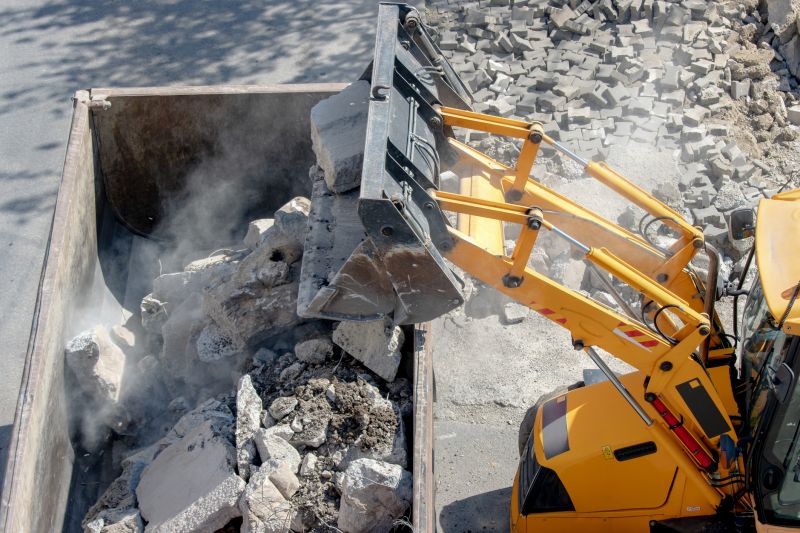
Heavy machinery such as wrecking balls and excavators are essential for efficient demolition.

Post-demolition cleanup prepares the site for future construction activities.

Techniques like implosion and selective dismantling ensure safety and precision.

Proper safety gear minimizes risks during demolition operations.
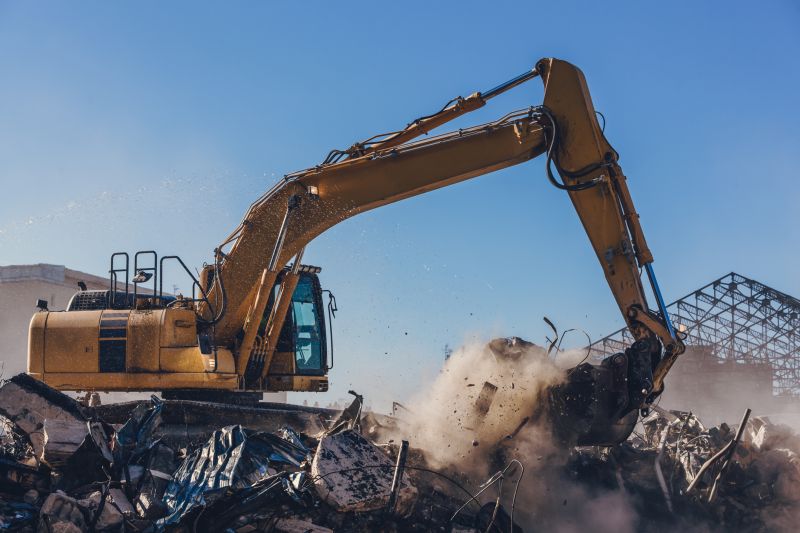
Lower-waste or water-saving choices for Demolition Service.

The short, realistic tool list for quality Demolition Service.

Rough timing from prep to clean-up for Demolition Service.

Quick checks and paperwork to keep after Demolition Service.
Choosing the optimal time for demolition can significantly impact project success. Factors such as weather, local regulations, and project schedules must be carefully coordinated. Proper planning ensures safety, efficiency, and minimal disruption to surrounding areas.
Effective planning aligns demolition timing with construction phases.
Scheduling to reduce community impact and environmental risks is important.
Timely permit approval is crucial for scheduling demolition activities.
Monitoring weather forecasts helps in selecting the best demolition window.

Coordination meetings ensure all aspects are aligned for timing.

Implementing safety measures is essential during demolition.
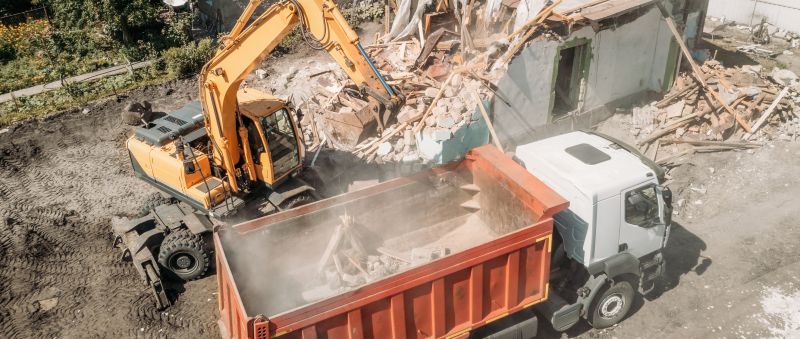
Recycling debris during demolition supports efficient site clearance.
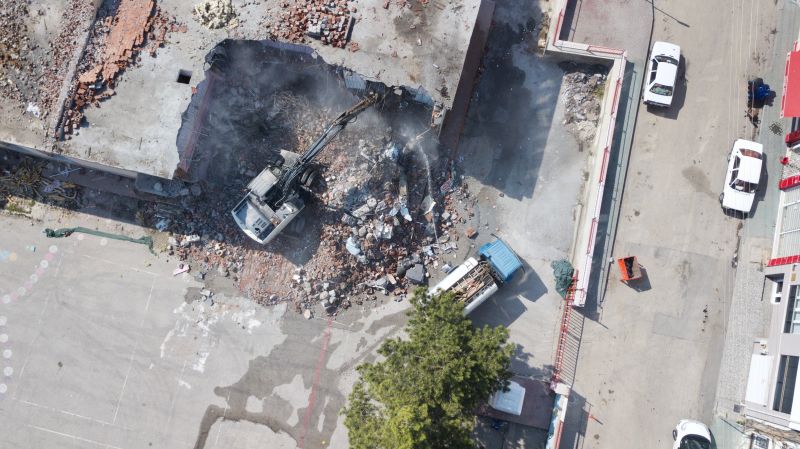
Inspecting the site ensures readiness for subsequent construction.
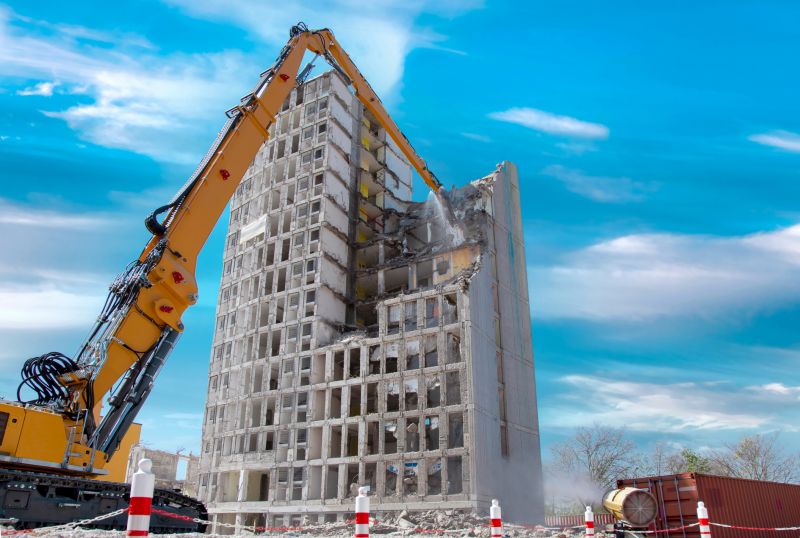
Examples that show the impact a good Demolition Service can make.

Ways to make Demolition Service work in tight or awkward layouts.

Ways to make Demolition Service work in tight or awkward layouts.

Ways to make Demolition Service work in tight or awkward layouts.
Interested parties are encouraged to contact for further information or to schedule demolition services. Proper timing and planning are crucial for project success and safety. Filling out the contact form can help coordinate timing details and ensure a smooth demolition process.
